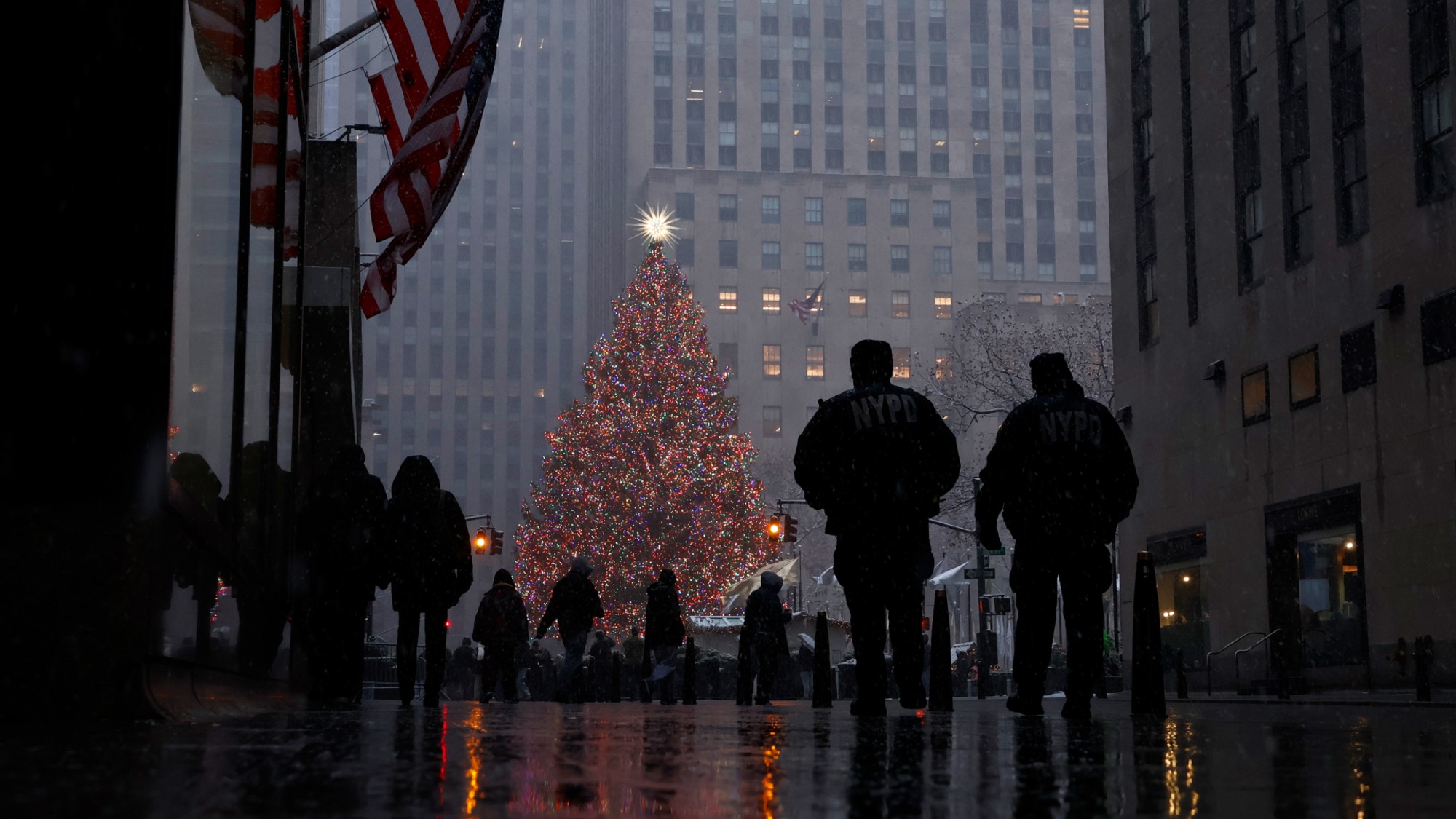Drink-driving laws UK: legal units, plus fines and licence bans
Newly released data shows that almost one in five motorists convicted of being over limit are caught the morning after
Almost 18% of of drink-driving convictions are of motorists stopped between 7am and 1pm on the day after their “big night”, government figures show.
And a third of all breath tests are carried out the morning after, according to data released in the run-up to Britain’s annual police campaign to crack down on drink-driving during the boozy summer months.
More than 36,000 drivers were breath-tested in June 2017, the latest summer figures available, reports Auto Express. That monthly total is more than 50% higher than the average of 23,840.
The Week
Escape your echo chamber. Get the facts behind the news, plus analysis from multiple perspectives.

Sign up for The Week's Free Newsletters
From our morning news briefing to a weekly Good News Newsletter, get the best of The Week delivered directly to your inbox.
From our morning news briefing to a weekly Good News Newsletter, get the best of The Week delivered directly to your inbox.
Of the drivers tested that June, 3,275 were found to be over the legal limit.
All UK motorists have been warned to expect increased roadside checks in the coming weeks, as the authorities take action to tackle the rising number of road deaths, says the i news site.
Figures from the Department of Transport show that the 290 people were killed in accidents where the driver was over the legal limit in 2017, up from 200 in 2015 and the highest death toll since 2009.
Hunter Abbott, head of breathalyser firm AlcoSense Laboratories, says that police forces “always focus on June as, statistically, it’s a drink-drive hotspot”.
A free daily email with the biggest news stories of the day – and the best features from TheWeek.com
“With warmer weather, sporting events and barbecues, June is a month when motorists are more likely to unintentionally drink-drive the morning after socialising, posing a risk to themselves and other road users,” he added.
How much alcohol can you drink and legally drive?
The RAC reports that the legal limit in England, Wales and Northern Ireland is calculated in the following ways:
- 80 milligrams of alcohol per 100 millilitres of blood
- 35 micrograms per 100 millilitres of breath
- 107 milligrams per 100 millilitres of urine
In Scotland, the legal limit is slightly lower:
- 50 milligrams of alcohol per 100 millilitres of blood
- 22 micrograms of alcohol per 100 millilitres of breath
But as alcohol advice website Drinkaware says, there’s “no fool-proof way of drinking and staying under the drink-drive limit”, because the rate of alcohol absorption “varies from person to person”.
The following factors affect how the body manages alcohol consumption:
- Weight, age, sex and metabolism
- The type and amount of alcohol being drunk
- What the drinker has eaten recently
- Their stress levels at the time
How many alcohol units can you consume?
Alcohol units alone are not used to determine whether someone is above or below the legal limit, though they can be used as a rough guide.
Confused.com says that one unit of alcohol equates to 10ml, or 8g, of pure alcohol. A pint of 4% lager typically contains about 2.2 units, while a standard 175ml glass of wine has about 2.1 units.
However, the simplest way of staying under the limit “is to avoid any alcohol if you are driving”, says Drinkaware.
What happens if you get pulled over?
The police have a number of tests at their disposal to check whether a driver is over the legal limit.
The most common is a simple roadside breath check, where the driver is asked to blow into a breathalyser. If they fail the test, the driver will be taken to a police station for a second check, with the lowest of the two readings used to decide whether they’re over the limit.
If the first breath test shows the driver is up to 40% over the limit, they have the right to replace their breath specimen with a blood or urine test, the advice service says. The police officer will choose which of the two tests is used.
What are the penalties?
That depends on the offences committed and just how much the driver is over the limit.
According to the Daily Express, drivers face a fine of up to £2,500 if caught “being in charge of a vehicle” - which may include even sitting in the driver’s seat of a stationary car - while over the legal limit. They also face a possible three-month prison sentence and a driving ban.
If a police officer catches someone driving while above the legal limit, they face a possible six-month prison sentence, an unlimited fine and a driving ban of at least one year. Similar penalties apply if the driver refuses to provide a breath, blood or urine sample.
Causing death while under the influence of alcohol may result in a 14-year prison sentence, an unlimited fine, a ban from driving for at least two years, and an “extended driving test” to regain a driving licence, The Sun reports.
-
 How climate change is affecting Christmas traditions
How climate change is affecting Christmas traditionsThe Explainer There may be a slim chance of future white Christmases
-
 The MAGA civil war takes center stage at the Turning Point USA conference
The MAGA civil war takes center stage at the Turning Point USA conferenceIN THE SPOTLIGHT ‘Americafest 2025′ was a who’s who of right-wing heavyweights eager to settle scores and lay claim to the future of MAGA
-
 The 8 best drama movies of 2025
The 8 best drama movies of 2025the week recommends Nuclear war, dictatorship and the summer of 2020 highlight the most important and memorable films of 2025